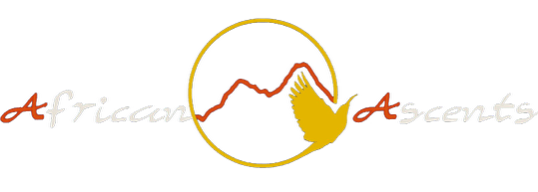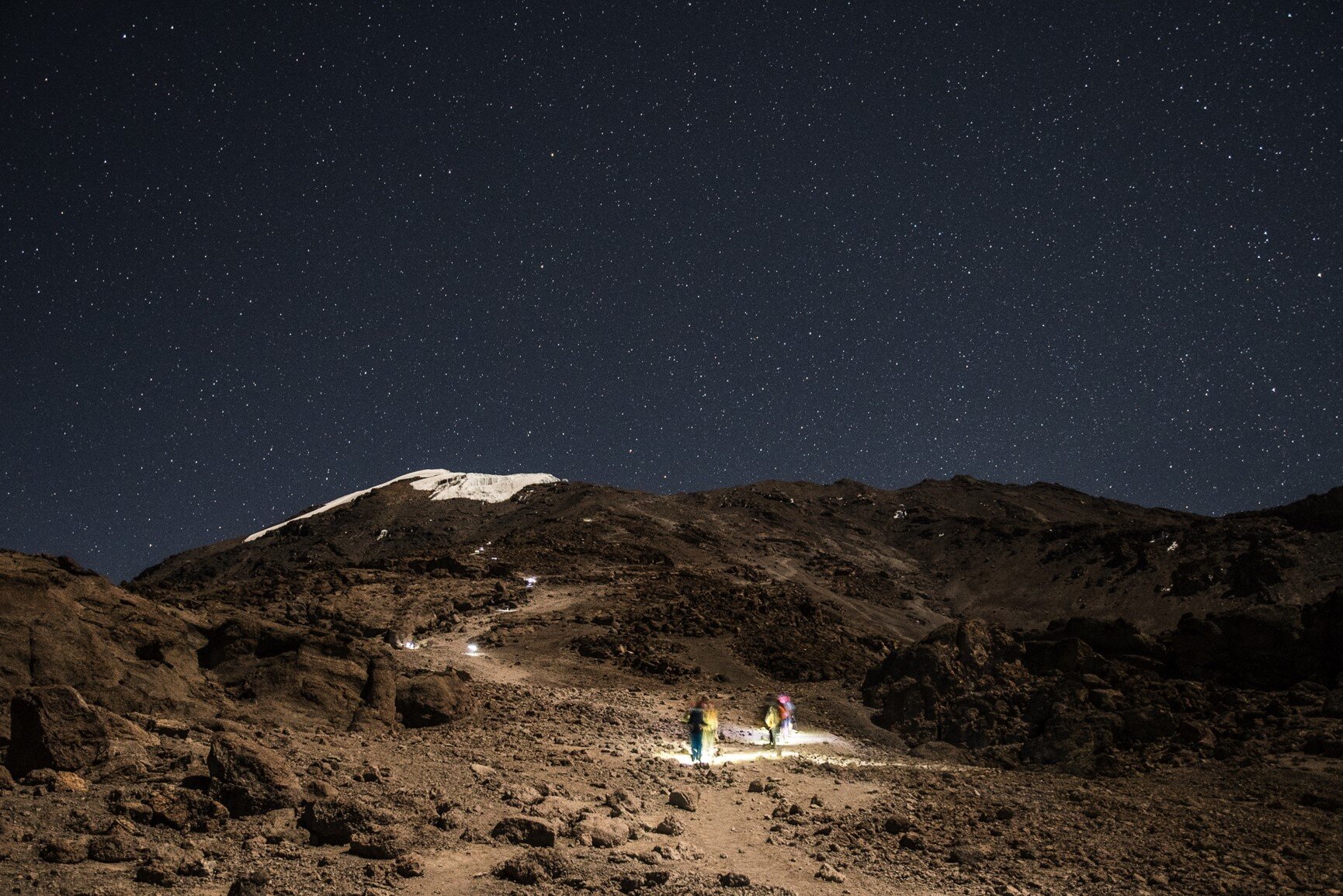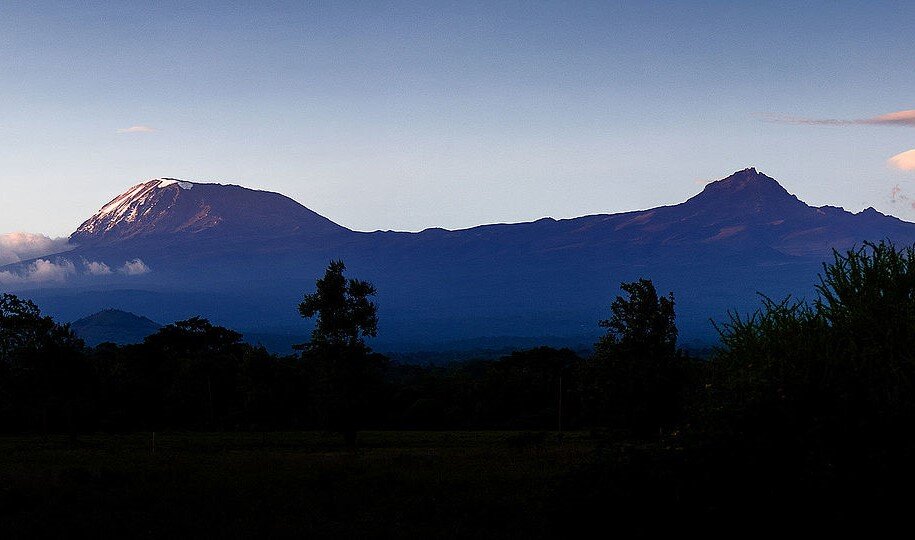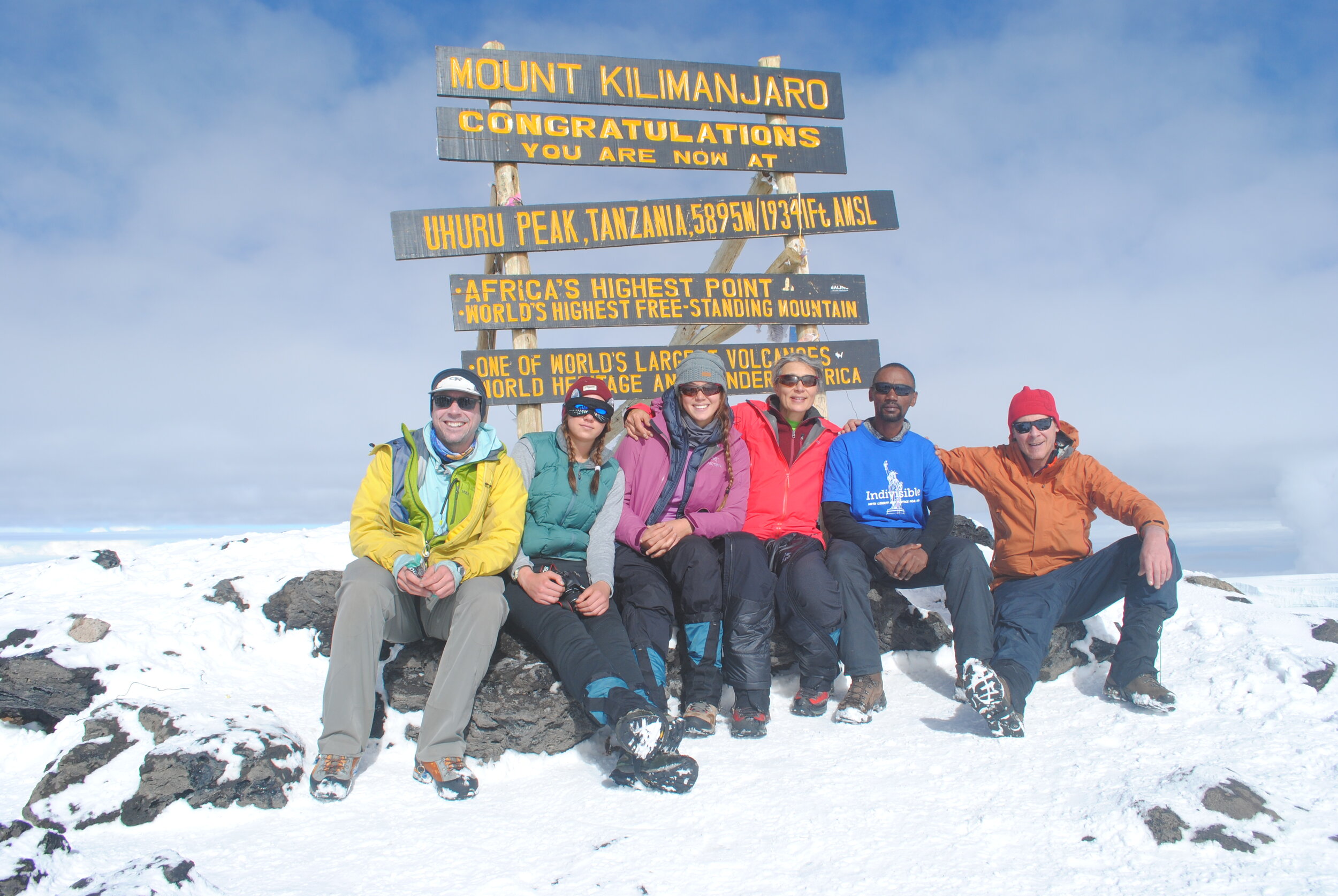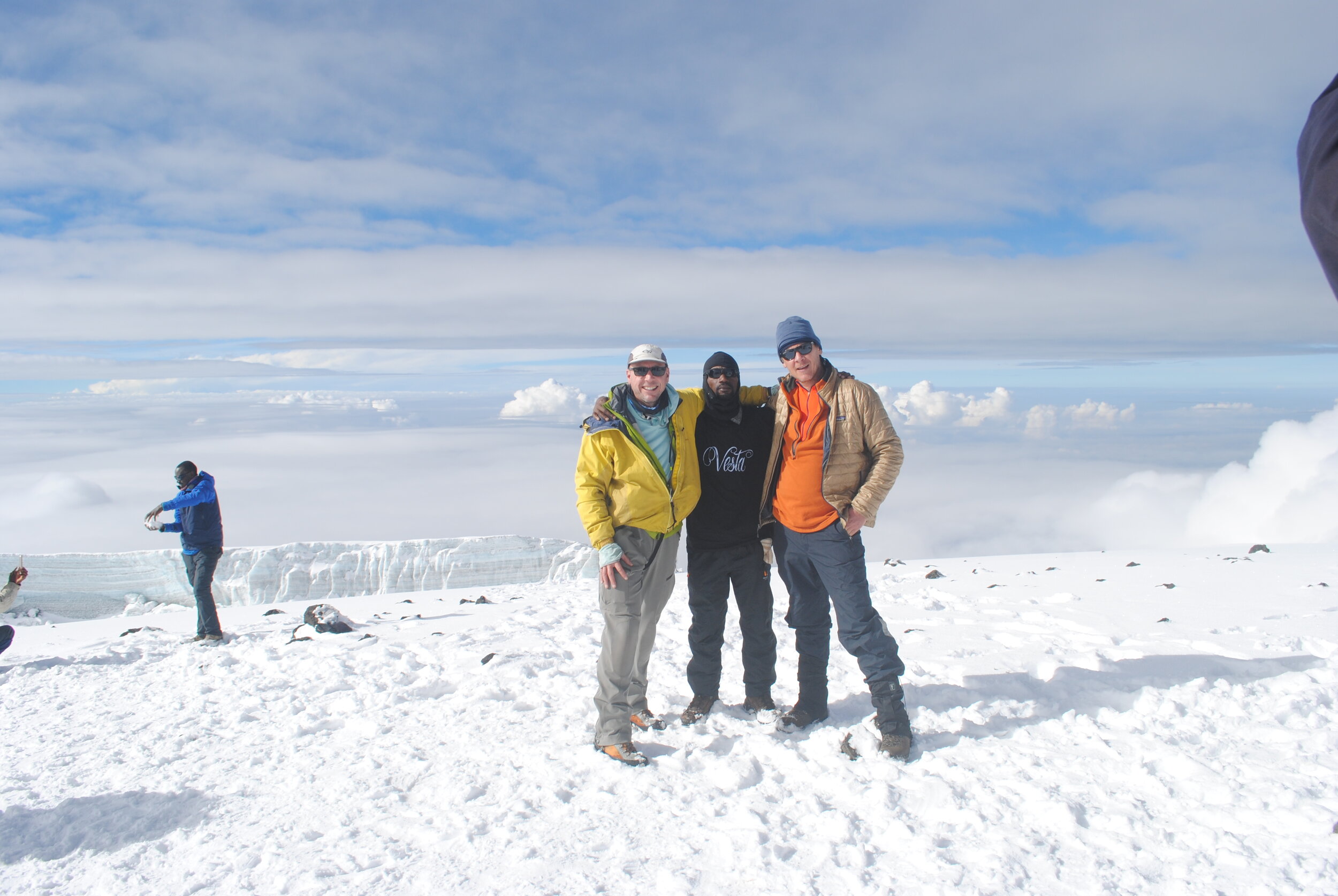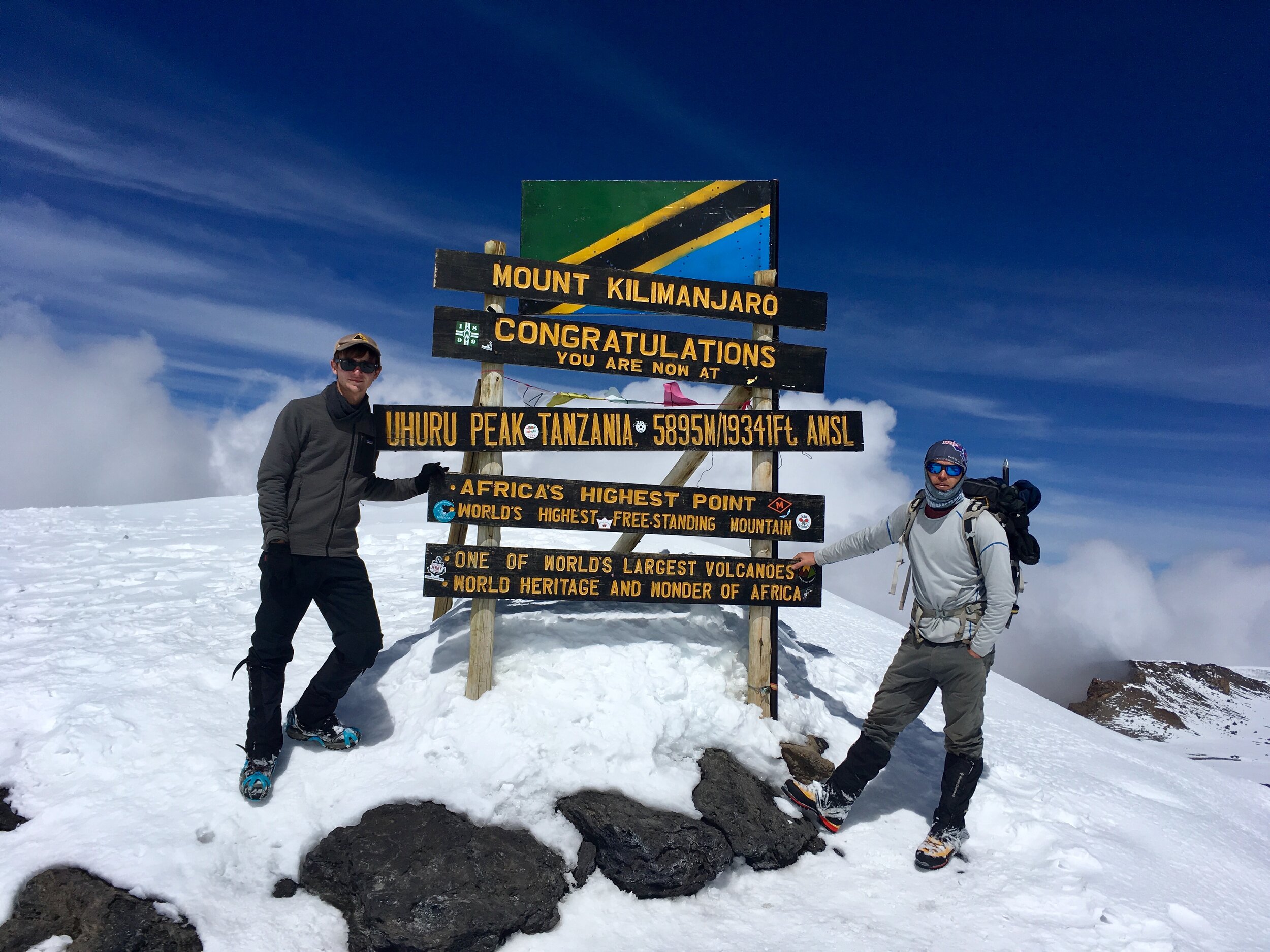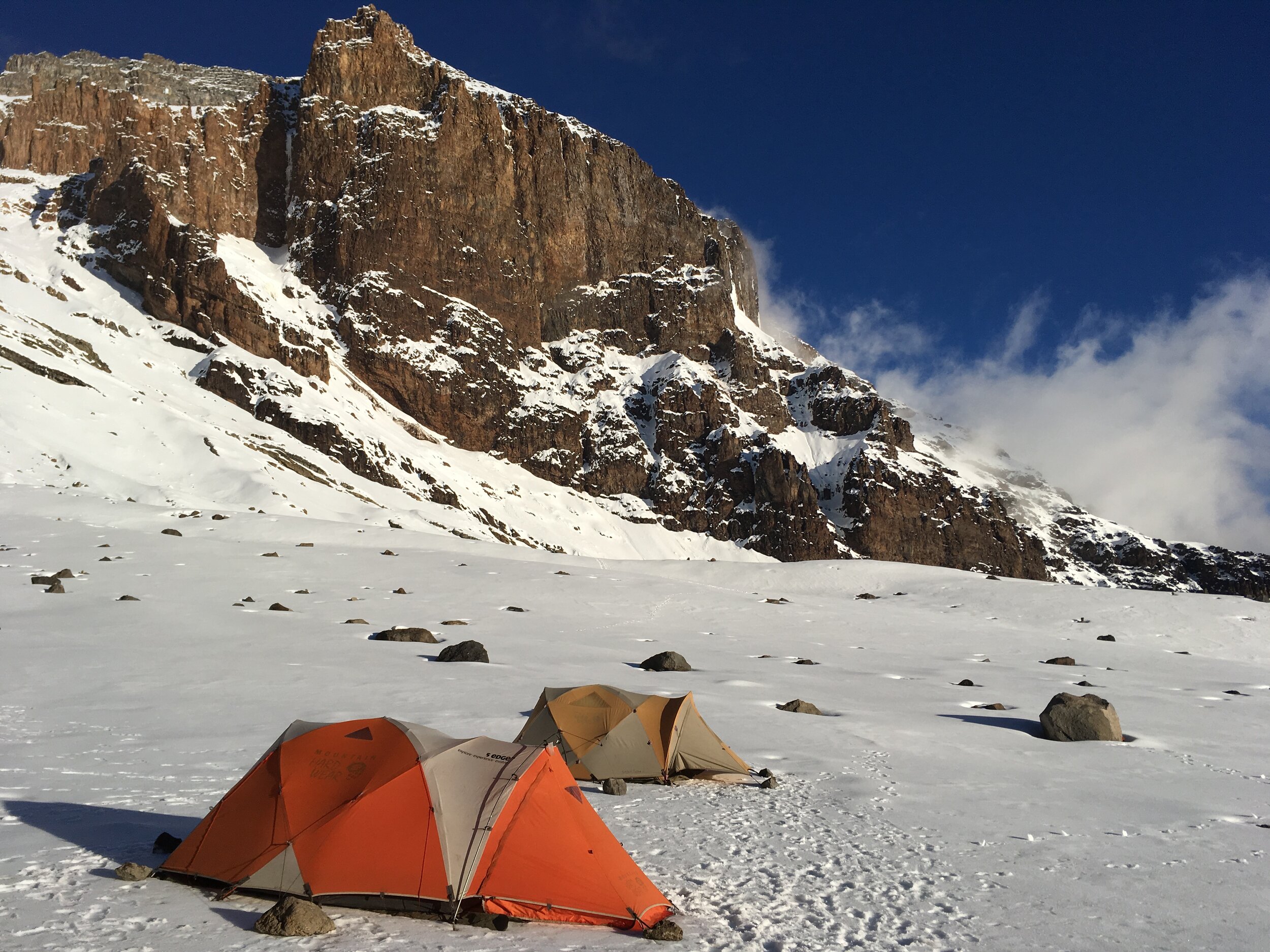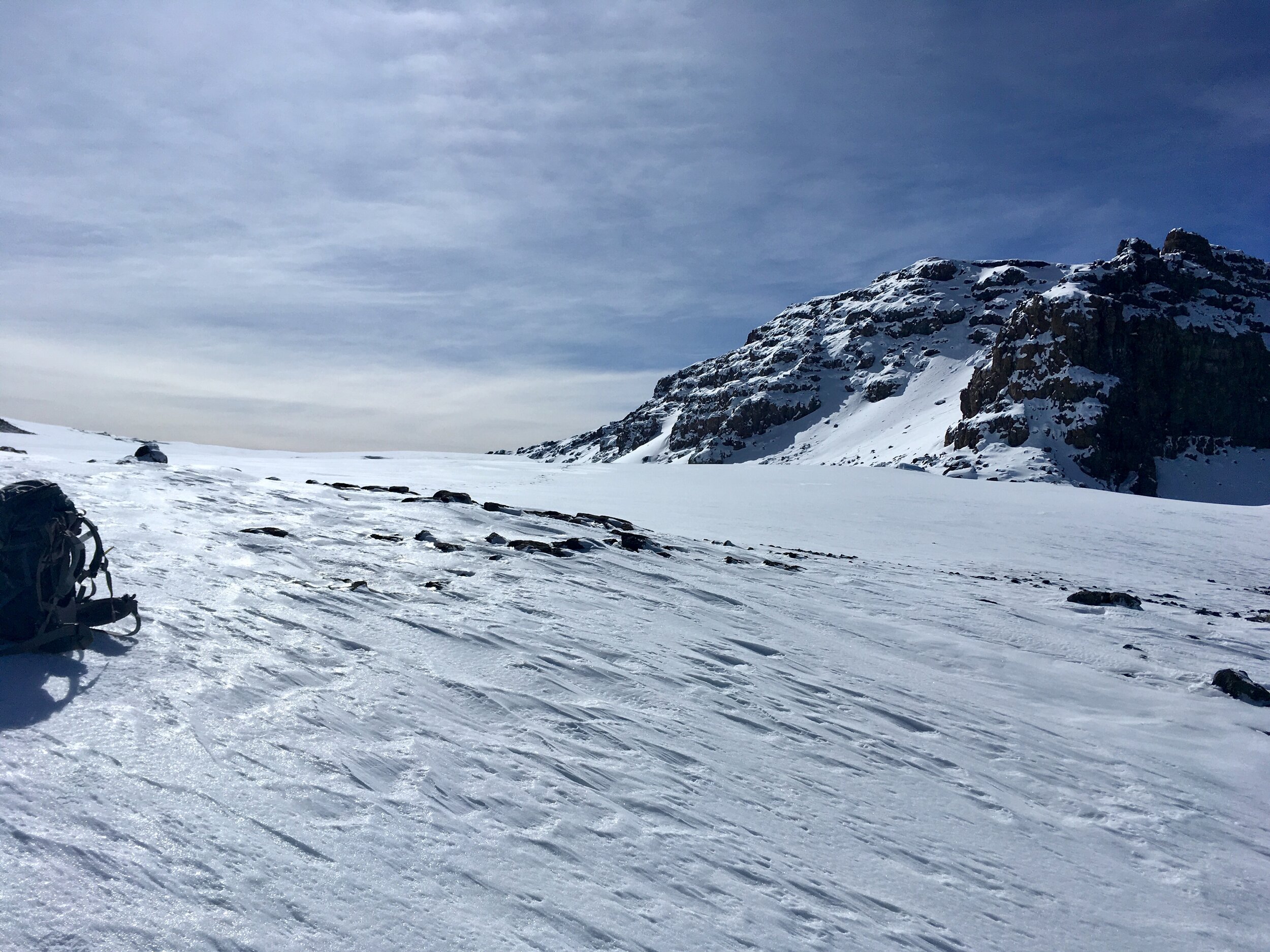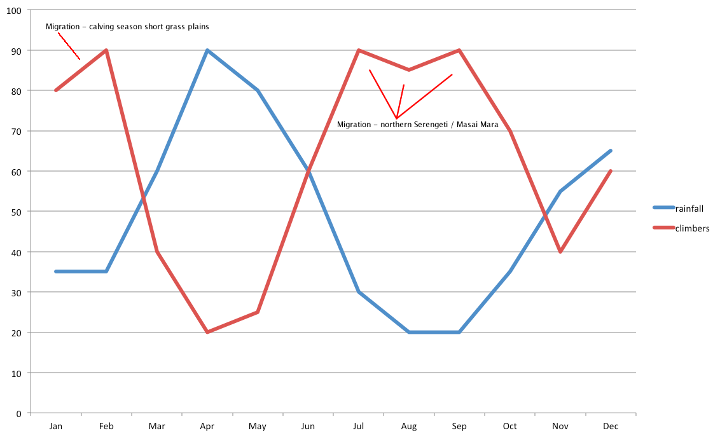LEMOSHO 8 DAYS VIA STELLA POINT
WHY THIS ITINERARY
The complete Kilimanjaro experience, more acclimatisation time, more spectacular scenery. For those that have the time and the budget consider the 9 day version, otherwise this is a superb trip.
Overview
An 8 day ascent to the roof of Africa. Starting at Lemosho on the Western side and traversing across the most spectacular parts of the mountain. It joins the Machame route above Shira camp on day 4 and then from Barafu camp ascends to the summit via Stella Point. Descent is via the Mweka route.
ITINERARY
-
From Arusha we set out in vehicles to the starting point of the Lemosho trail(Alt 2,250m, 7,382ft) Here you meet the rest of your crew and set of at a leisurely pace into afro montane forest. Lunch will be on trail and camp is reached mid afternoon.
Overnight Forest Camp-Alt 2860m 9,383ft .
-
From the forested slopes of Lemosho you ascend through Podocarpus and Juniper forest and break out of the forest on to the heath zone and the Shira Plateau. Lunch is taken on trail and you arrive in camp mid afternoon. Overnight Shira 1 Camp-Alt3,560m 11,680ft (full board).
-
Crossing the Shira plateau can be one of the most scenic parts of the trip and this morning we hike for around 3-4 hours to the lunch point. After lunch we ascend to Moir camp(Alt 4,100m, 13,451ft) arriving in the mid afternoon. For those with the energy a hike in the late afternoon is possible. dinner & overnight Moir Camp (full board).
-
From Moir we traverse across the slopes of Kibo. Here relatively little flora or fauna can survive the extreme temperature ranges and conditions that typify this zone. Lunch is normally taken close to Lava Tower(Alt 4,600m, 15,092ft) and for those that feel very strong there is an optional ascent of Lava Tower before descending down to Barranco camp(Alt 3,910m , 12,828ft)in the afternoon. Dinner & overnight Barranco camp (fb).
-
An early start is recommended to hike the Barranco wall. After about 2 hours you reach the top and then hike over glacaial valleys to Karanga camp(Alt 4,100m, 13451ft), Sunsets here are particulary spectacular with views of the southern glacial valleys and ice fields towering 1000 meters (over 3000 feet) above you. Overnight Karanga Camp (full board).
-
Today is another half day ascending to Barafu camp(Alt 4,600m , 15,092ft). Once again lunch is taken in camp allowing plenty of time to relax before the summit bid. Desolate alpine desert and at times strong winds rip over this camp and yet in the evening slendid views of Mawenzi volcano are the norm. Overnight Barafu Camp (full board).
-
Most people depart just before midnight for the final summit bid. Patience and persistence is the name of game to reach the summit and by dawn as the first rays of light start to appear, most arrive near the rim. Ascending via Stella Point (Alt 5,750m ,18,865ft)affords a realtively short final section to Uhuru peak(Alt 5,895m, 19,341ft) the Roof of Africa! What goes up must come down and your goal today is to reach Mweka camp(Alt 3,100m,10,171ft). Overnight Mweka Camp (full board).
-
After breakfast you descend once again through montane forest and around mid day, after saying farewell to your crew, you are picked up and transferred back to your lodge for a well deserved shower!
THINGS TO KNOW
-
We provide a three different types of trips which cater for the different budgets and levels of comfort. Click HERE to read more.
-
What you get on this adventure:
-Trained local guides (at least 1 WFR certified guide)
-Camp crew, a cook, and a great team of porters
-Safety equipment
-All accommodation during the hike
-Meals as described in the itinerary
-Tents and camping equipment
-Drinks on the hike (potable water, tea, coffee & hot chocolate)
-Emergency medical evacuation by foot as far as the relevant gate
-Emergency supplemental oxygen & pulse oximeters
-Transport to and from the park gate — only from Nanyuki
-All relevant park fees
What’s not included:
Transportation to Nairobi or Nanyuki
Transportation to and from the park gate for Nairobi — available for an additional fee
Nairobi transfers
Showers and wash tents — can be rented for an additional fee
Items of a personal nature
Alterations to this itinerary (i.e. if different accommodations and services are provided then the price will most likely vary up or down)
Beverages in hotels (except those in your personal safari vehicle)
Hospital bills and international evacuation in the event of an emergency
-
Here’s a list of the equipment you need to bring:
-Day pack large enough to carry all the items listed (around a 35-45L bag)
-Rucksack with cover (around a 55-65 bag, for a porter to carry your main gear)
-Dry bags
-Hiking poles — optional
-Water bottle or hydration bladder (2L capacity)
-Warm hat and a buff or scarf
-Sun hat
-Warm gloves or mitts, and thin liner gloves are also useful
-Waterproof jacket and trousers
-Waterproof gaiters
-Warm jacket – fleece or down jacket, potentially ski jacket
-Waterproof jacket over the top
-Fleece tops or hiking shirts/sweatshirts
-Base layers or T-shirts
-Pair of trekking trousers and shorts
-Leggings or thermal bottoms or running tights
-Several sets of underwear – cotton best avoided
-Several pairs of good quality trekking socks
-Waterproof trekking boots
-Trainers or flip flops/sandals
-Toiletries (sunscreen, hand sanitizer, bug spray, toilet paper, etc.)
-Favourite snack bars
-Headtorch
-Power pack for charging phones etc
-Wash kit — no showers on the mountain but you can have a bucket wash
-Flask for hot drinks — optional, useful on summit night
-Earplugs — optional
-Sunglasses
-Camera — optional (but recommended)
For camping, you need to bring:
-Sleeping bag(not required if you chose the Luxury or VIIP spec)
-Sleeping bag thermal liner
-Pillownot required if you chose the Luxury or VIIP spec)
Dress comfortably and for the weather in clothes you can move in. We suggest bringing clothing appropriate for the season. Layers are best and don’t wear jeans. Keep in mind that despite Mount Kenya being on the equator in Africa, it can get very cold. In the early morning hours the temperature can get to about -4 degrees Celsius and as high as 18 degrees Celsius during the day.
A porter can carry max 18kg/39.6Lbs, you can hire another porter for an additional fee if you expect you will go over the limit.
-
We recommend flying into Kilimanjaro International airport in Arusha where we can arrange for transport to collect and transfer you to your accommodation, which we can also arrange. There are several options close to the start of the climb which we can arrange or recommend.
-
How fit do I need to be? Level of fitness sufficient to carry a light pack(10/22lbs) and be capable of moving for several hours at a time with short brakes every hour. Training would include regular walking, light runs and some biking.
Where would we sleep? Depending on the specification you chose you would be in tents that vary inn size from a mountain hardwear 3 person tent to a 6 person tent if you were to chose the high end luxury spec(VIP).
WHEN TO CLIMB KILIMANJARO?
